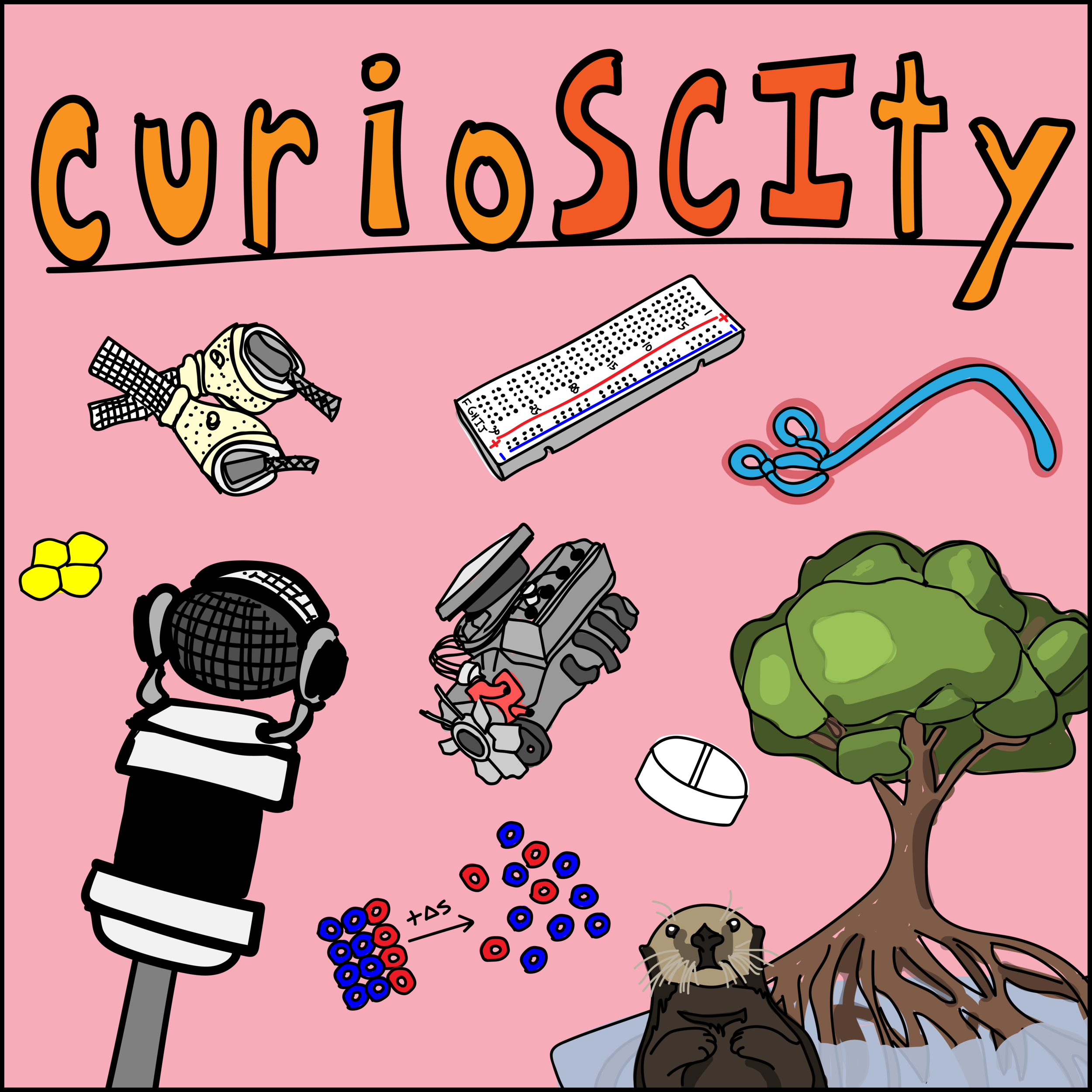69 - Nitrogen Fixation (w/ Rachel Kruger!)
69. Nitrogen Fixation
Just what is this seventh element on the periodic table? Why is nitrogen so important to life? Why do plants require a long-term relationship with microorganisms to enjoy nitrogen? Let’s learn to be scientifically conversational.
General Learning Concepts
1) What is nitrogen?
a. On the periodic table: Atomic number 7, abbreviated as N, electron configuration of [He] 2s22p3, atomic weight 14.007, gas at 20 °C. Diatomic (triple bond!).
b. Why is nitrogen named as such? It was a mistake! The French chemist Antoine Laurent Lavoisier named nitrogen azote (without life). Surprise! It’s actually all over in life
c. Where is it found in the global world, all across Earth? Nitrogen gas is found in the air, making up nearly 80% of the atmosphere. It’s found within biological systems like proteins (in amino acids), lipids (headgroups), nitrogenated sugars (amino sugars), and within nitrogenous-bases in nucleic acids. It is found within the “energy molecule” ATP, and photosynthetic systems. However, there is a substantial difference between the gaseous nitrogen and the nitrogen found within biological systems!
2) What are rhizobia and nitrogen fixers?
a. What are rhizobia? Microorganisms! Specifically, this tends to be associated with bacteria that have symbiotic associations with roots of legumes. However, there are aquatic organisms (cyanobacteria) that can also do this. [2]
b. What are legumes? “The legume family (Fabaceae) is the third largest family of flowering plants with more than 18,000 described species. It is surpassed in size only by the orchid family (Orchidaceae) with about 20,000 species and the sunflower family (Asteraceae) with about 24,000 species. The family includes herbs, shrubs, trees and vines distributed throughout the world, especially the tropical rain forest. The fruit is technically called a legume or pod.”
c. What is nitrogen fixation? Rhizobia contain an enzyme called nitrogenase that allows for the catalytic conversion of inorganic nitrogen to organic nitrogen (usually starting in the form of ammonia). This is an energy intensive process, required 16 mols of ATP to fully reduce each mole of inorganic nitrogen (which explains some mutualism for non-photosynthetic bacteria!).
4) Fun Tidbits
a. What is ammonia? Ammonia (NH3) is commercially produced by mixtures of methane and steam, producing carbon dioxide and hydrogen gas. The produced hydrogen gas and nitrogen gas react via the Haber process (400 – 450 °C, 200 atm, iron catalyst), resulting in gaseous ammonia. [2]
5) Solicited Questions
a. What effect has adding nitrogen into fertilizing to make plants grow had on the nitrogen cycle? Ruh roh. The nitrogen cycle was much more readily regulated before humans began rampantly adding nitrogen to crops. This leads to groundwater pollution, which can cause algal / bacterial blooms, leading to great populations of microorganisms that use the dissolved oxygen within the water, which increases mortality for the other aquatic organisms.


